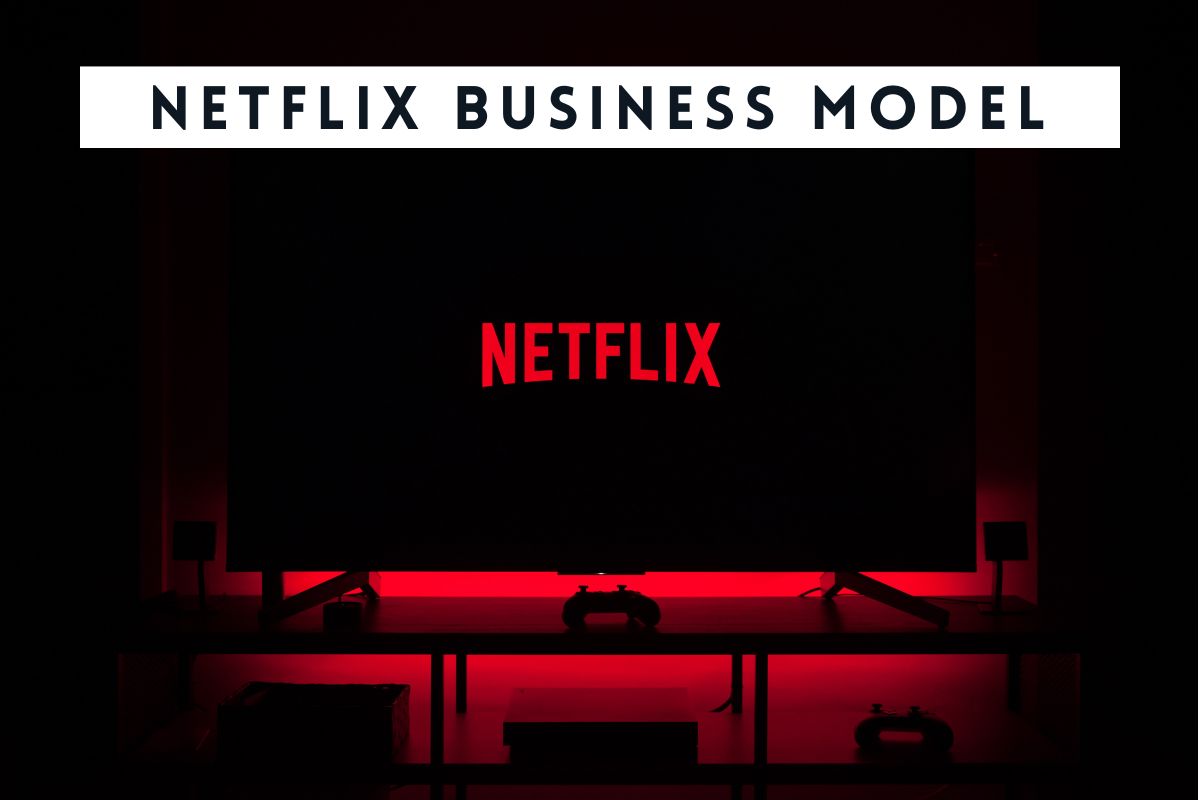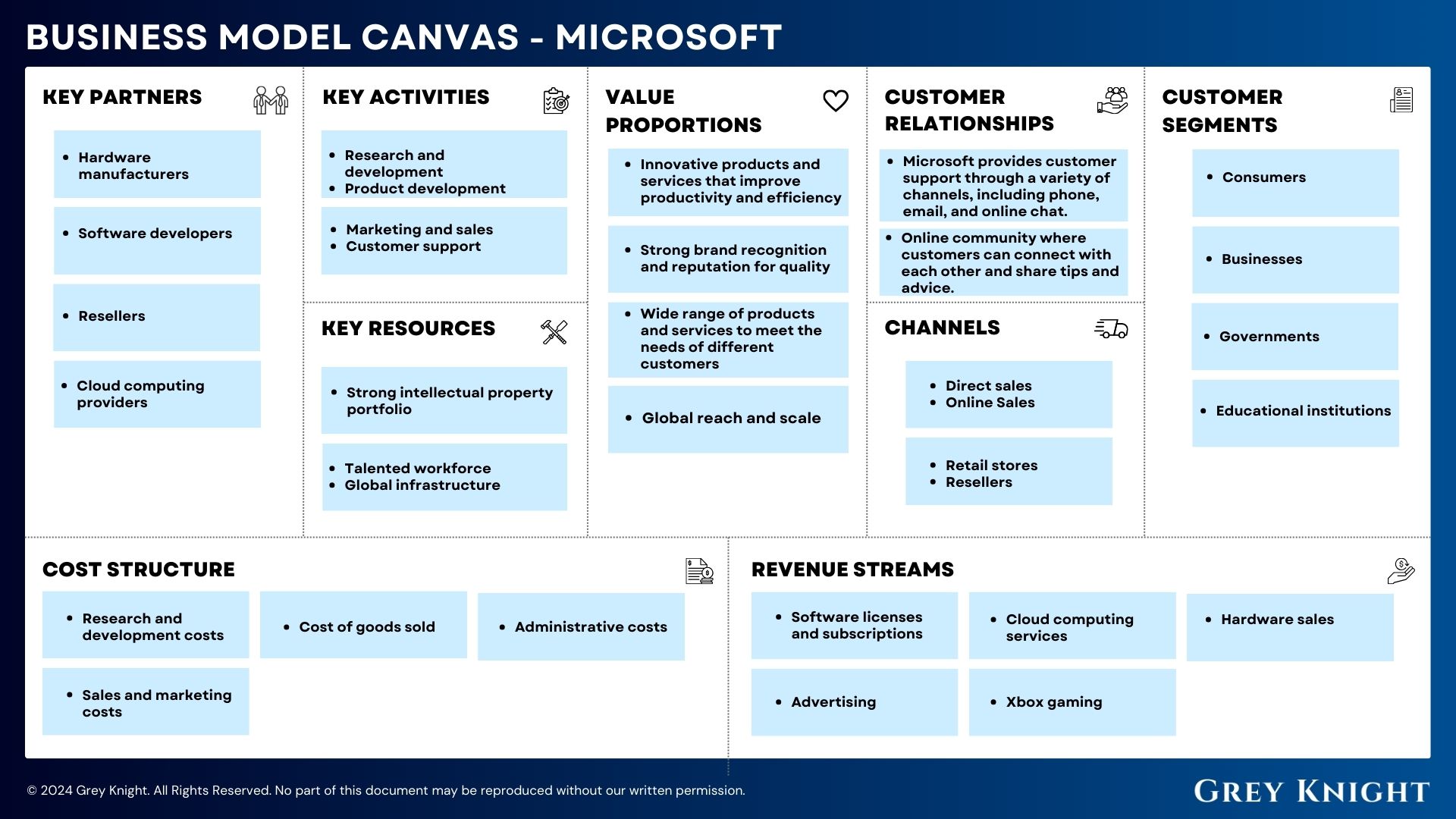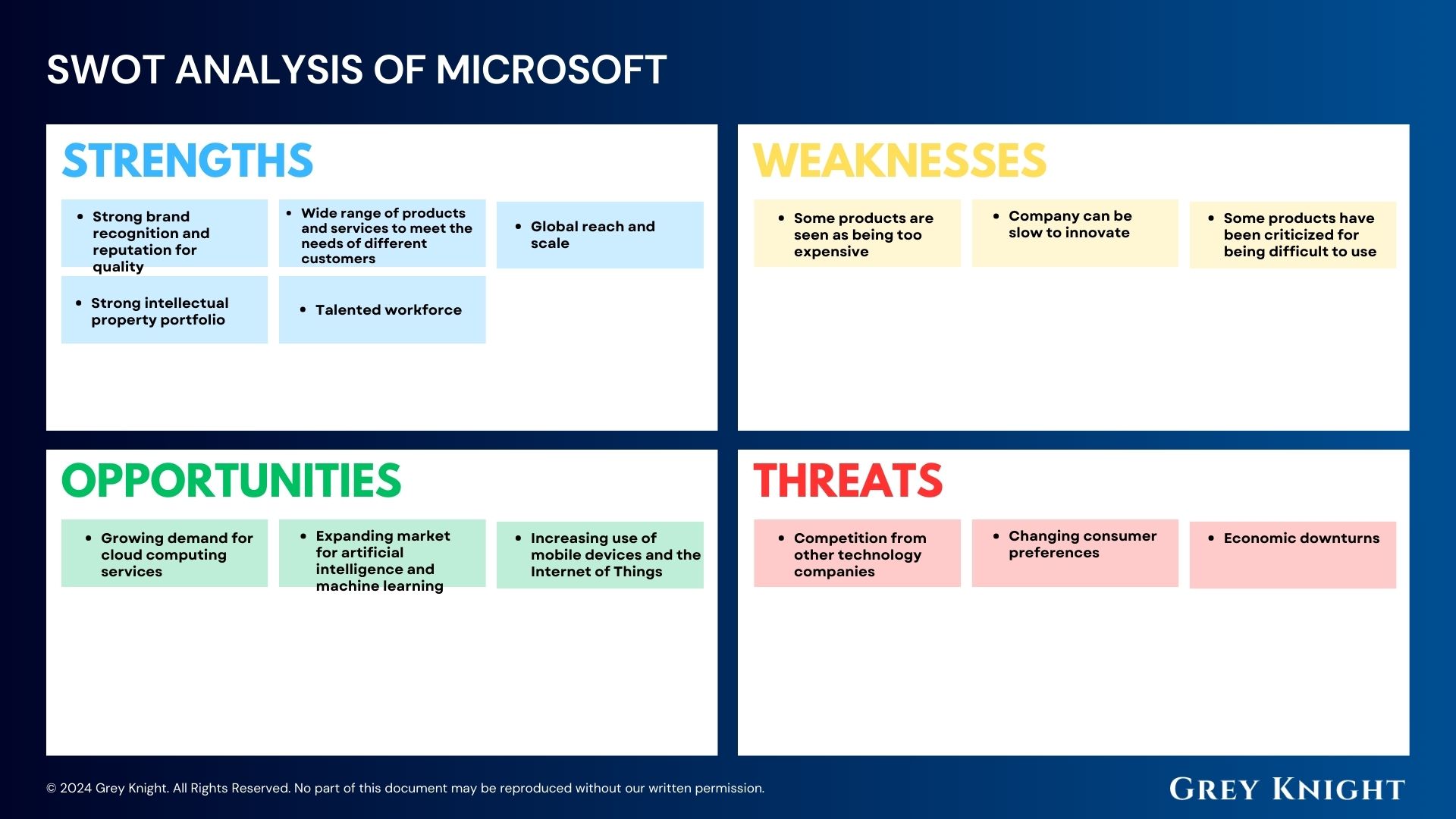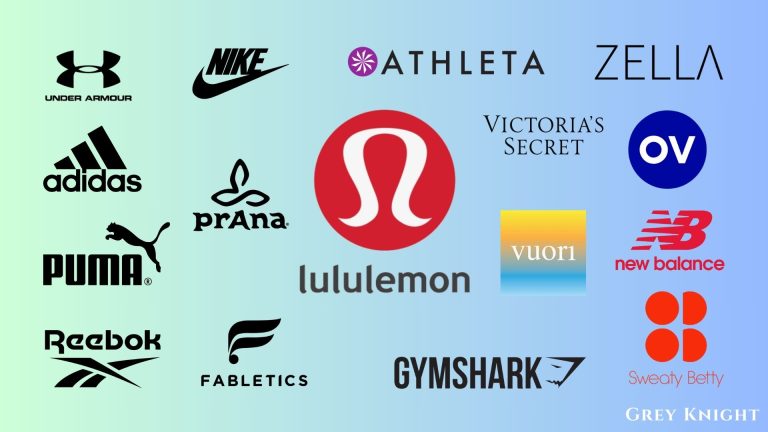Table of Contents
ToggleA Brief History of Netflix
Netflix, Inc. was founded in 1997 by Reed Hastings and Marc Randolph in Scotts Valley, California. Initially, the company started out as a DVD rental service, where customers could order DVDs online and have them delivered to their homes via mail. As the company grew, it began offering a subscription-based model, allowing customers to rent an unlimited number of DVDs for a flat monthly fee.
In 2007, Netflix introduced its streaming service, allowing subscribers to stream movies and TV shows directly to their computers. This marked a significant shift in the company’s business model, as it moved away from physical DVD rentals and embraced digital distribution. Over the years, Netflix expanded its streaming service to include a wide range of content, including original programming and licensed shows and movies from other studios.
In 2013, Netflix released its first original series, “House of Cards,” which was met with critical acclaim and helped establish the company as a major player in the entertainment industry. Since then, Netflix has continued to produce original content, including popular shows like “Stranger Things,” “The Crown,” and “Orange is the New Black.”
Today, Netflix is one of the leading streaming platforms in the world, with millions of subscribers and a vast library of content. The company has expanded its reach internationally, offering its streaming service in over 190 countries. Netflix’s innovative approach to content delivery and its investment in original programming has solidified its position as a dominant force in the entertainment industry.
Who Owns Netflix?
Netflix, Inc. is a publicly-traded company, which means that it is owned by a large number of shareholders who own shares of the company’s stock. The top 10 shareholders of Netflix, Inc. are primarily institutional investors, including mutual funds, hedge funds, and pension funds. As of the latest available data, the top 10 shareholders of Netflix, Inc. are:
1. The Vanguard Group
2. BlackRock, Inc.
3. Capital Group Companies
4. State Street Corporation
5. Fidelity Investments
6. T. Rowe Price Group
7. Morgan Stanley
8. Jennison Associates
9. Bank of America Corporation
10. Geode Capital Management
These shareholders own a significant portion of Netflix, Inc.’s outstanding shares and have a substantial influence on the company’s governance and management.
Netflix Mission Statement
Netflix, Inc.’s mission statement is “to entertain the world.” The company aims to provide a wide variety of high-quality entertainment options to customers all around the globe, offering a diverse range of television shows, movies, documentaries, and other forms of content through an easy-to-use online platform. With a focus on innovation and customer satisfaction, Netflix seeks to constantly improve and expand its offerings to deliver a seamless and enjoyable entertainment experience for all.
How Netflix Makes Money?
Netflix, Inc. operates on a subscription-based business model, which is their primary source of revenue. The company makes money by charging monthly fees to customers in exchange for access to its vast library of streaming content. This revenue stream is bolstered by their ability to attract and retain a large and diverse customer base, as well as their ability to continually generate new and exclusive content that keeps subscribers engaged and motivated to maintain their subscriptions. Additionally, Netflix also generates revenue through partnerships, licensing agreements, and merchandising related to its original content. Overall, their focus on delivering high-quality, exclusive content to a global audience has been a key driver of their success and revenue growth.
Netflix’s Business Model Canvas
The Business Model Canvas is a strategic management tool that provides a holistic view of a company’s business model. It allows businesses to visually outline and assess key components of their operations, including customer segments, value propositions, channels, customer relationships, revenue streams, key resources, key activities, key partners, and cost structure. This comprehensive overview helps businesses understand how they create, deliver, and capture value and identifies areas for improvement and innovation.
1. Customer Segments
– Netflix targets a wide range of customer segments, including individuals and families seeking a convenient and affordable way to access a variety of entertainment options.
– It also caters to specific demographics, such as teens, young adults, and older individuals, through its diverse range of content offerings.
– Additionally, Netflix has expanded its customer base to include global audiences, with localized content and language options to appeal to different regions.
2. Value Propositions
– Netflix offers a unique value proposition centered around convenience, affordability, and a vast library of on-demand streaming content.
– Its personalized recommendation system and curated content collections provide customers with tailored entertainment options.
– The platform’s original content, including movies, series, and documentaries, also sets Netflix apart from traditional entertainment providers.
3. Channels
– Netflix primarily delivers its content through its online streaming platform, which is accessible via web browsers, mobile apps, smart TVs, and other streaming devices.
– The company also distributes its content through partnerships with telecommunications companies and third-party platforms.
– In addition, Netflix leverages social media, online advertising, and word-of-mouth marketing to expand its reach and attract new subscribers.
4. Customer Relationships
– Netflix focuses on building long-term relationships with its customers by providing an intuitive user experience, personalized recommendations, and responsive customer support.
– The platform also utilizes data analytics to understand customer preferences and behavior, allowing for targeted content recommendations and proactive customer engagement.
– Continuous innovation and content updates further enhance customer retention and satisfaction.
5. Revenue Streams
– Netflix generates revenue through subscription fees, offering different plans based on the number of users and streaming quality.
– The company also earns revenue from original content licensing and merchandise sales related to its popular series and movies.
– Additionally, partnerships with content providers and other platforms contribute to the company’s revenue streams.
6. Key Resources
– Key resources for Netflix include its extensive content library, proprietary technology for streaming and recommendation algorithms, and a team of creative professionals responsible for original content production.
– The company’s customer data and analytics capabilities are essential resources for understanding and engaging with its audience effectively.
– Strategic partnerships with content creators, production studios, and distribution platforms also play a crucial role in Netflix’s operations.
7. Key Activities
– Netflix’s key activities include content acquisition and production, technology development and maintenance, customer acquisition and retention, and strategic partnerships and alliances.
– The platform also continually monitors and adjusts its content library based on viewer preferences and market trends.
– Furthermore, Netflix engages in marketing and promotional activities to attract new subscribers and retain existing ones.
8. Key Partners
– Netflix collaborates with a variety of partners, including content creators, production studios, and distribution platforms to acquire, produce, and distribute original and licensed content.
– The company also partners with telecommunications companies and device manufacturers to integrate its services into their offerings, expanding its reach and accessibility.
– Additionally, Netflix forms alliances with marketing agencies and other businesses to promote its service and enhance customer experience.
9. Cost Structure
– Netflix’s primary costs include content acquisition and production expenses, technology and infrastructure maintenance, and marketing and promotional expenses.
– The company also invests in research and development to enhance its streaming technology and recommendation algorithms.
– Furthermore, operational costs, such as employee salaries and administrative expenses, form a significant part of Netflix’s cost structure.
Netflix’s Competitors
Netflix, Inc. faces stiff competition in the streaming industry from various companies offering similar services. Some of its top competitors include Amazon Prime Video, Hulu, Disney+, HBO Max, and Apple TV+. These streaming platforms offer a wide range of content including movies, TV shows, and original programming, and compete for subscribers by providing exclusive content and competitive pricing. With the ongoing growth and evolution of the streaming industry, Netflix continues to face strong competition from these and other platforms vying for consumer attention and loyalty.
Netflix SWOT Analysis
Strengths:
1. Popular and well-known brand
2. Extensive content library with a wide variety of genres
3. Technologically advanced streaming platform
4. Ability to create original content
Weaknesses:
1. Dependence on licensing agreements and third-party content
2. Vulnerability to data security breaches
3. Reliance on subscriber growth for revenue
Opportunities:
1. Expansion into new markets
2. Diversification of content offerings
3. Integration with other media and entertainment platforms
Threats:
1. Competition from other streaming services
2. Fluctuating licensing costs
3. Shifting consumer preferences toward other forms of entertainment.
Concluding Analysis
In summary, Netflix, Inc. has established a successful business model that has revolutionized the entertainment industry. Their strategic focus on original content, global expansion, and innovative technology have contributed to their rapid growth and dominance in the streaming market. As an analyst, I am optimistic about the future of Netflix. With the continued rise in demand for digital content and the company’s commitment to staying ahead of the competition, I see great potential for ongoing success. Additionally, their ability to adapt to changing consumer preferences and market trends will be crucial in maintaining their position as a key player in the entertainment industry. Overall, I believe that Netflix is well-positioned to thrive and continue to shape the future of entertainment.
Additional Resources
To keep learning and advancing your career, we highly recommend these additional resources:
Business Model Canvas of The Top 1,000 Largest Companies by Market Cap in 2024
A List of 1000 Venture Capital Firms & Investors with LinkedIn Profiles
Peter Thiel and the 16 Unicorns: The Legacy of Thiel Fellowship
List of Fortune 500 Companies in 2023
Amazon’s Business Model: From Click to Doorstep
Tesla’s Business Model: An Analysis of Their Unique Approach to Sustainable Transportation
Airbnb’s Business Model: How Does Airbnb Make Money
TikTok’s Business Model: How the App Attracts Gen Z and Brands
Microsoft’s Business Model: How the Tech Giant Makes Money
Spotify’s Business Model: How Spotify Became the King of Music Streaming












